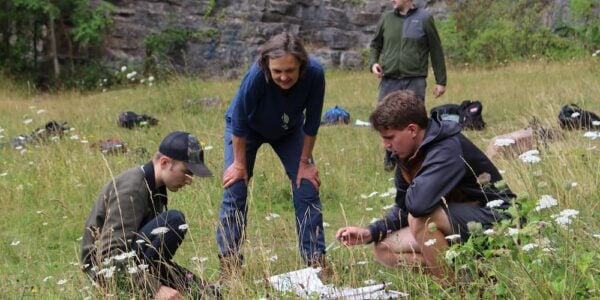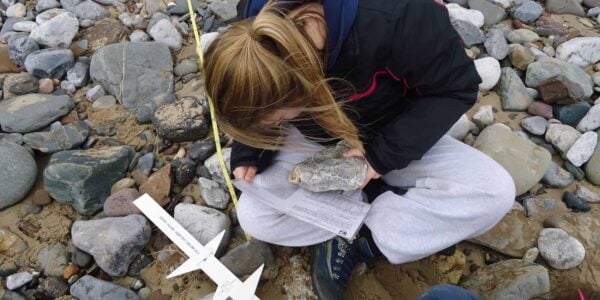This course provides an opportunity for schools with low student numbers to undertake fieldwork for their required practicals for A Level Biology.
Overall learning objectives for the course:
- Provide experience of planning ecological investigations in a variety of habitats.
- Provide experience of recording biological and environmental variables, and to enable discussion of justifications for and limitations of the techniques.
- Cover three required practicals with an increasing level of student led planning.
Monday 25th – Wednesday 27th March at £303 per student
This course price includes in-course transport, whilst at the centre.
Due to safeguarding reasons we are unable to let adult learners attend these courses. To ensure safety all U18s must be accompanied by a responsible adult on residential courses, eg teacher or parent.
The cost of this course is VAT exempt, including in-course transport to field sites. Lunch on the first day is not included, but is on the final day.
Tutor: Field Studies Council Staff
Courses are led by experienced Field Studies Council staff.
Example Timetable
Day 1
Morning
Arrive
Students will be greeted by their tutor, with a welcome talk followed by a brief tour of the centre.
There will be the time to settle into rooms and to eat lunch brought from home.
Afternoon
Ecology and Ecosystems Introduction
Introduction to course keywords and themes, vegetation analysis and quadrat use.
Introduction to 3 different ecosystems: wetland, woodland and grassland
In small groups, students will investigate one ecosystem from the 3 visited. Students will design their own method and justify the choice, before feeding back their findings to the class.
Topics introduced include: variation, succession and interdependence of ecosystems
Evening
Statistics Workshop
Students work through a series of data sets choosing appropriate tests, before working through an example test as a class.
Day 2
Morning
Woodland Biodiversity and Sampling
Introduction to woodland ecosystems and how to sample in a woodland area.
Students will perform an investigation into the ground cover plants in woodlands using random sampling.
Students will complete scientific drawings, calculate appropriate averages and sketch bar charts in the field. Calculate percentage error in measurements.
Students will collate data and note down methods and calculate species diversity.
Data collected to include: % cover, frequency and evidence of phenotypic plasticity in chosen species e.g. surface area or thickness etc.
Fieldwork to include: biodiversity scavenger hunt
Afternoon
Data Analysis
Interpret trends and graphs of mean, median modes in data sets, highlight the main differences between the two areas.
Calculate student’s t-test of measured Surface area data.
Draw conclusions from and evaluate the study including thinking about plant adaptations.
Evening
Planning Required Practical 12
Investigation into the effect of a named environmental factor on the distribution of a given species.
Students will choose, in small working groups, an abiotic factor and measure its effect on a named species distribution. Students collect data in their group on hand drawn data sheets.
Day 3
Morning
Sampling Investigation
Students collect data for sampling investigation.
Students return to class to process data with which to write up a report to hand in at school – including data analysis and interpretation and any further research they may need to do.
Course finishes at 12:00
What's Included
Sorry this course booking is closed


